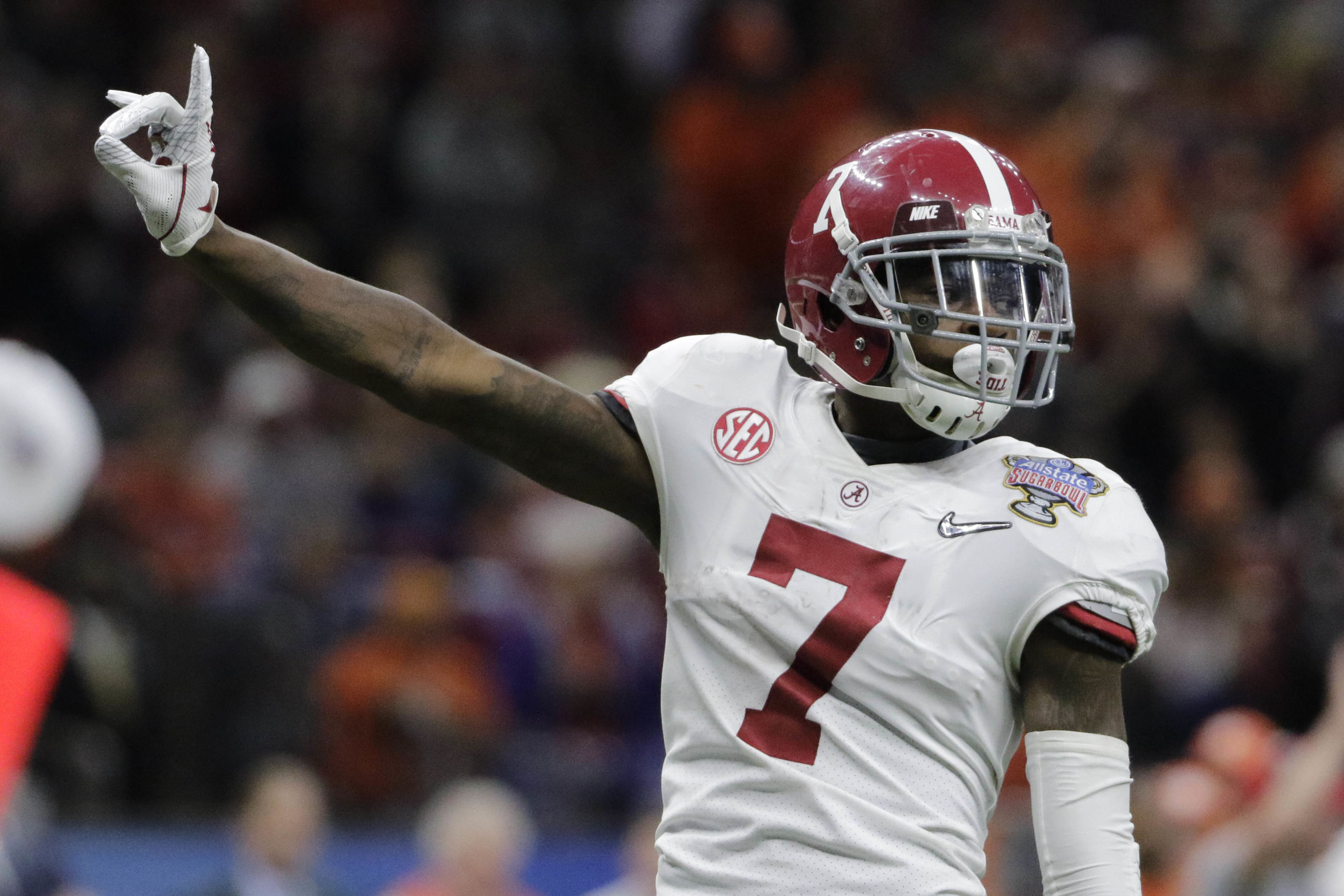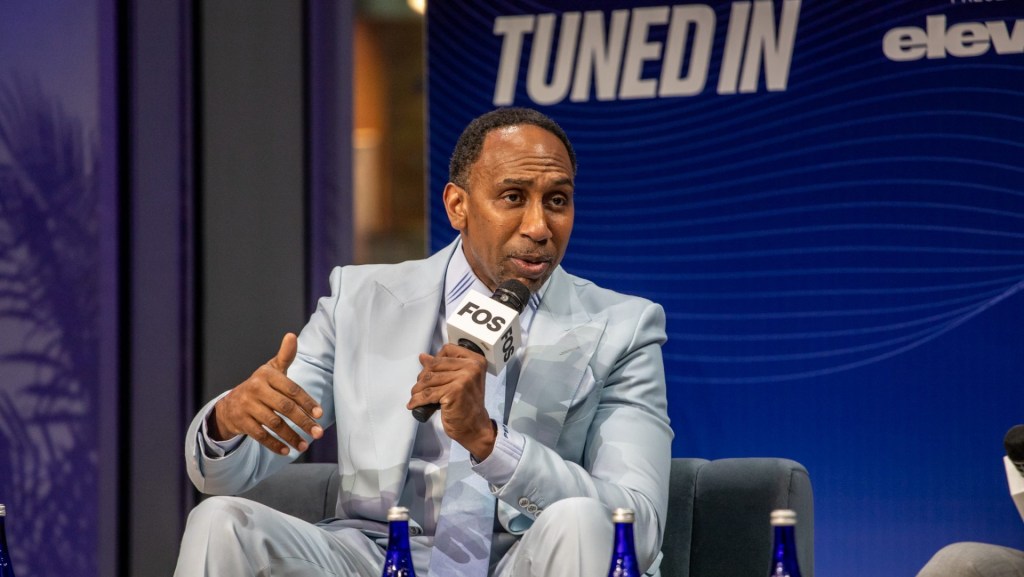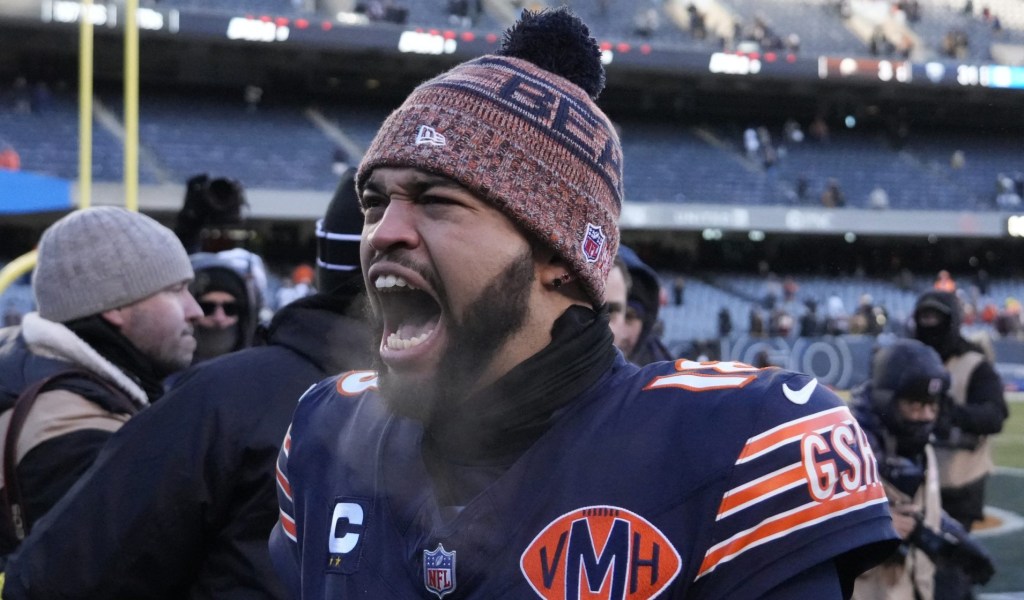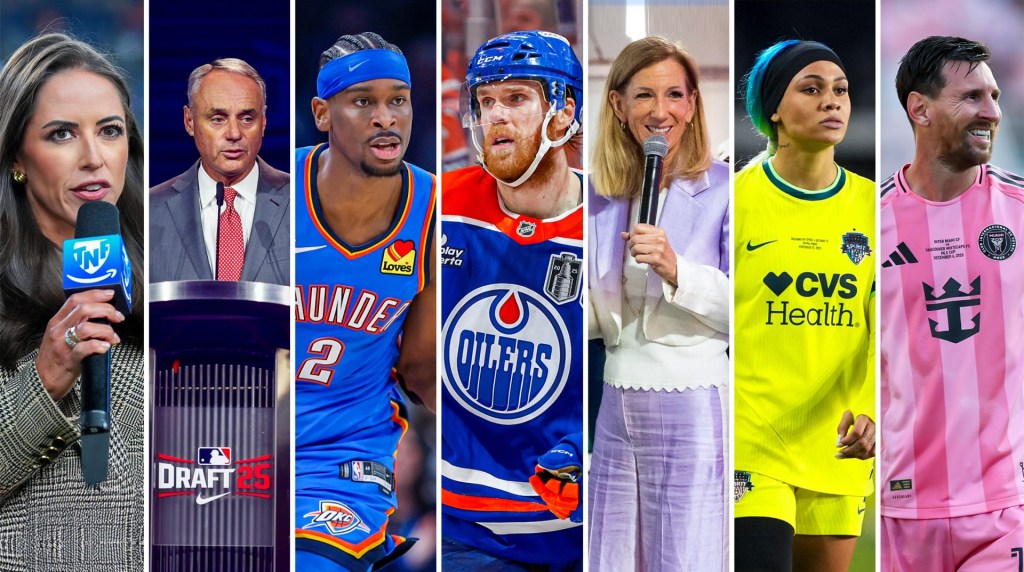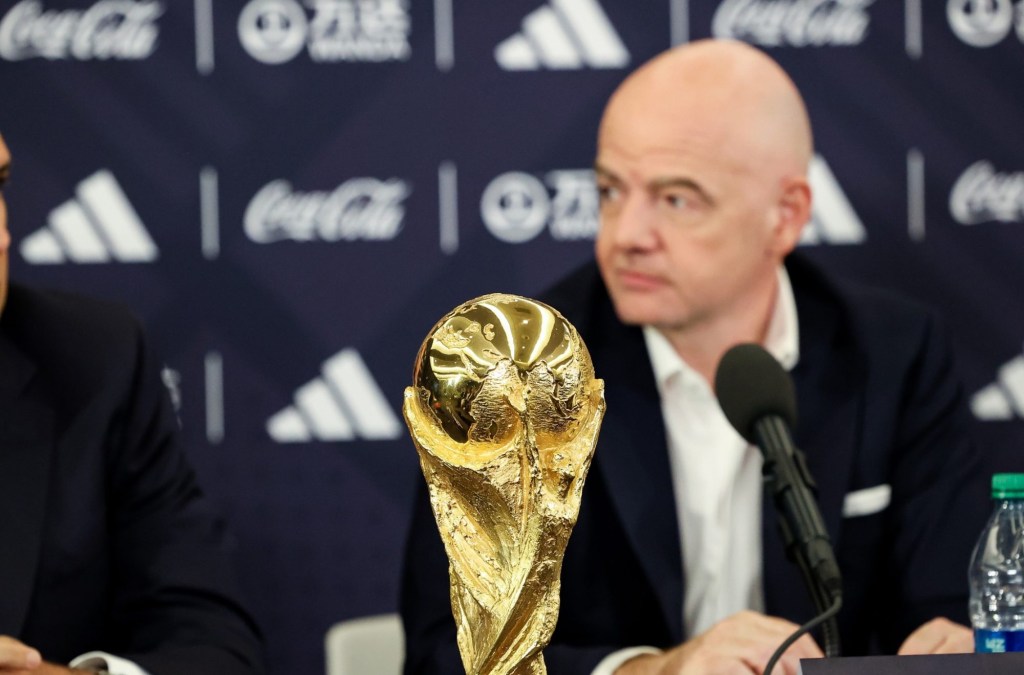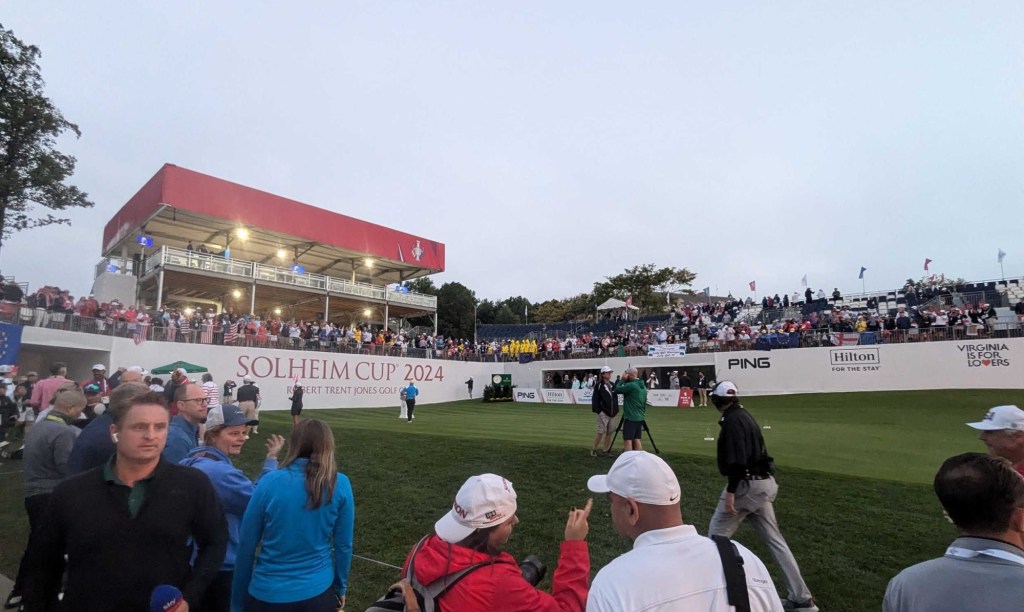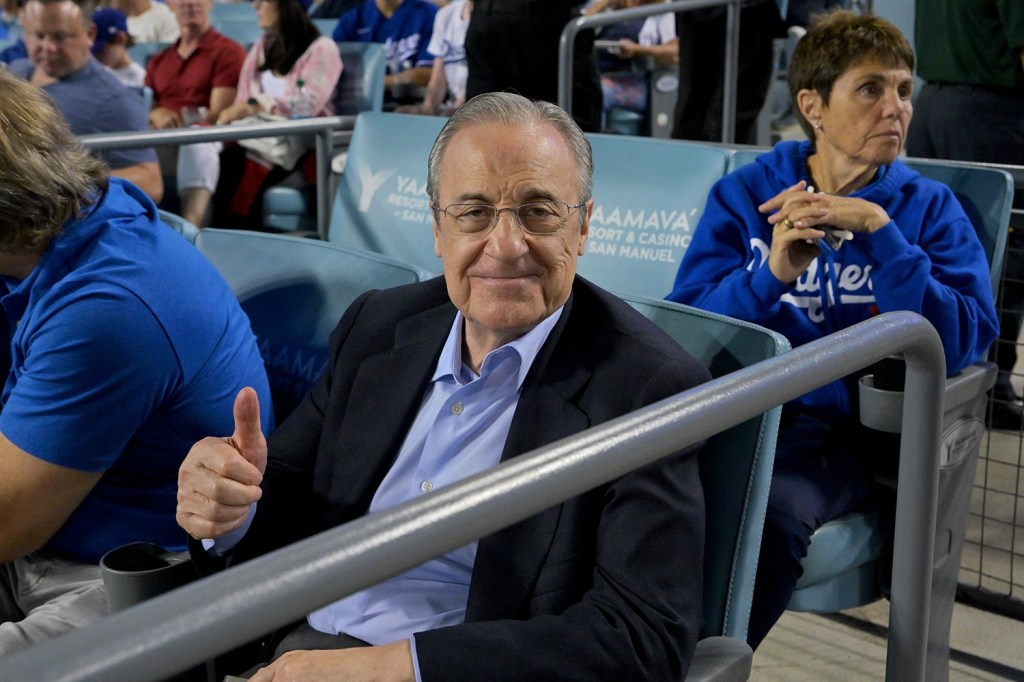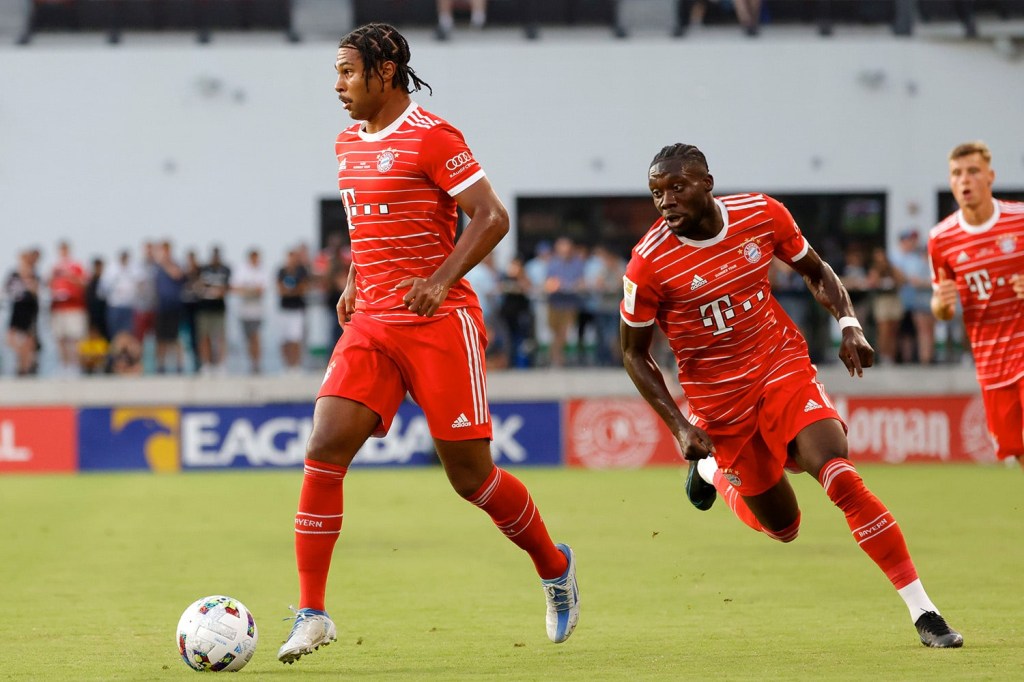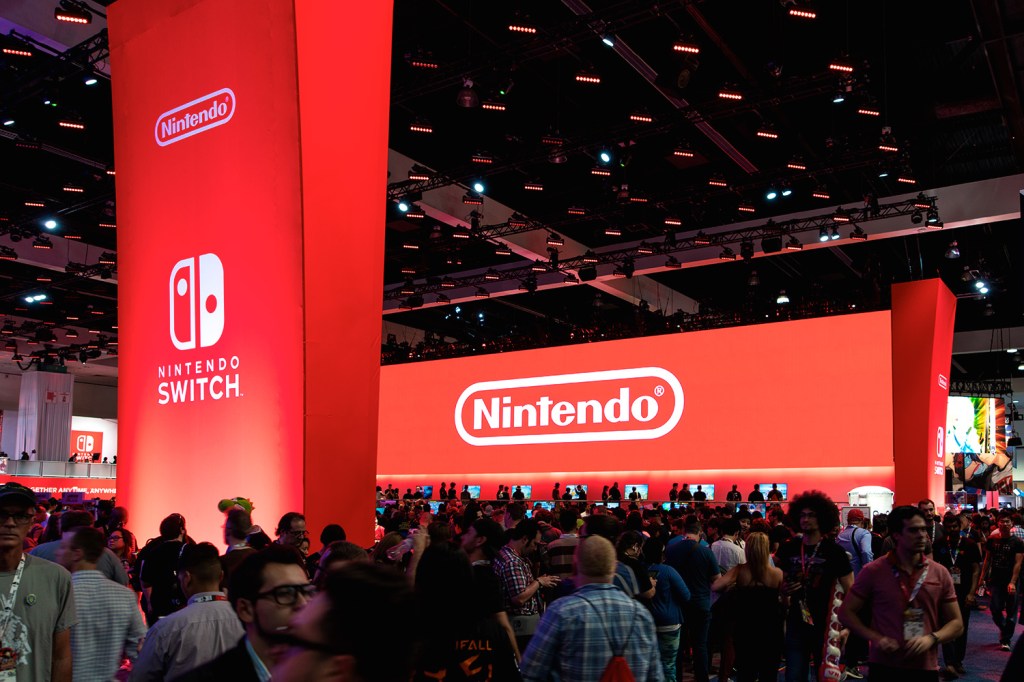The NFL draft itself is going to be different enough this year – gone are the flashy Las Vegas plans, fountains at the Bellagio, and the handshake with Roger Goodell. Instead, players have been instructed to shoot videos themselves, while Goodell plans to announce picks from his basement.
But the coronavirus-caused changes have also impacted the draft process that happens before the first name being called.
Starting in mid-March, teams pulled scouts off the road, pro days where prospects get workouts and one-on-one time with teams were canceled and NFL facility invites abandoned. Instead, all have been replaced by a socially distanced sort of scouting – one that uses Zoom or Microsoft Teams calls rather than lunches or dinners; one where self-reported data replaces verified numbers, and one where medical information isn’t as obtainable.
The subtle virtual shifts that have resulted from the current climate have made a process that has become increasingly personal quite impersonal – making it harder for scouts, teams, and prospects, in one way or another.
“This impacts all the high-drafted guys that you want to get that face to face interaction with, but it also affects the late draftable kids that you’re trying to recruit maybe as rookie free agents if they slip out of the draft,” former NFL scout and current ESPN draft analyst Jim Nagy said. “As a scout, you go to these pro days and the workout to recruit these kids up. And you invite them to a facility visit and those things. That’s all been impacted. So the lack of data compared to a normal year is what makes it different.”
Depending on the team, anywhere from a quarter to a third of their draft boards are missing data. “Somewhere in that range, you have a ton of incomplete information,” Nagy said.
Incomplete information makes drafting decisions more difficult.
“Do they have enough to have a draft? Absolutely,” Nagy said. “But there’s a lot of guys with missing information. The more information you have on a player, the more familiar you are with them, the more time you spend with them – all that stuff matters.”
For players who did not participate in February’s NFL combine or a pro day at their school, much of those missing pieces are measurables and medical information – the 40-yard dashes, the vertical jumps, the broad jump, the shuttle drills, the underlying conditions or injury question marks.
While teams likely have that information on the big-name combine invitees – the fringe prospects now face an additional disadvantage.
“If you’re a small school player and you’re a scout, and you go into that school in the fall, and he’s a really good DII or FCS level player, that’s pretty easy to see,” Nagy explained. “But if that player doesn’t go to an All-Star game and you don’t see him on a field with guys from the SEC and the Big Ten, it’s hard to calibrate that.”
In addition to the eye test, teams are more reliant on quantitative data than ever.
“The only thing you have left to gauge him against what’s playing in the NFL is the testing numbers to see if he has measurables in the parameters that are playing in the league right now,” Nagy said. “That’s where you see guys going from being undrafted free agents to being sixth and seventh-round picks.”
Detailed medical information, along with what Nagy calls the “personal parts,” are typically assessed at team workouts and in individual meetings, where organizations can have their personnel evaluate a potential pick. Even for the likely first rounders, those opportunities weren’t there this year.
As a result, it’s been harder for teams to assess any red flags ahead of this year’s draft.
“Take these quarterbacks right now talking to a lot of teams that want to draft a quarterback up high,” Nagy said. “It’s one thing to sit on a Zoom call and try to go through stuff as opposed to having them in your building for an entire day. The night he gets into town, you hand him a paradigm version of your playbook and then when you bring him back in the morning, you quiz him on it. You feel like you’ve got a much better handle on all the red flags, the mental stuff, that medical stuff, any character questions that you might have when you have them in person. You’re obviously having those virtual calls, but you’re losing a little bit of the human element that I think is important.”
All-Star games like the Senior Bowl, for which Nagy serves as the executive director, have tried to help fill in some of those gaps. In March, the Senior Bowl filmed a step-by-step instructional video on how to hold a pro day at home, including everything from measuring hand size and wingspan, how to run each drill, what scouts are looking for, and more. They also included instructions on filming, with tips on where to position cameras so teams can trust that the data is valid.
READ MORE: NFL Draft Betting An Oasis For Sportsbooks
They’ve heard positive feedback from teams, scouts, players, and agents who have all taken their tips to try to help teams assess their potential. And while that may help them to some extent, it still doesn’t beat the chance to get in front of these teams and scouts in person.
Many players who didn’t receive an invitation to the combine were still able to showcase themselves through the All-Star games that took place in January of this year. Those senior showcase weeks are another place “where these teams feel like they can get a sense for who these guys are,” Nagy said.
“Those players are going to benefit, there’s just no way around it,” he added. “It’s human nature to want to make informed decisions and be as familiar as you can. All the All-Star game guys are getting a benefit from being at games where a lot of NFL people were. And all the guys that went to the combine of benefit and the guys who did both – and maybe squeezed in a pro day, like Auburn and Clemson – they’re kind of in the driver’s seat.”
Those schools are few and far between, though. That has forced teams to start considering other factors as well, outside of the countless hours of footage they’d already watched on each prospect during the regular scouting cycle. Some are looking even further into a player’s history.
“I think teams are starting to drill down now on guys that transitioned really well from high school to college because it shows that they could do that and they could absorb information in a short period of time and get on the field and be productive,” Nagy said. “I think teams are really focusing on those guys now because that’s kind of what we’re looking at right now with this offseason is going to be just really abbreviated.”
Several teams are, however, still going back to the tapes as the foundation of their scouting process.
READ MORE: Colleges Fill Pro Day Void With Social Content Ahead of NFL Draft
Veritone, which works with more than 34 sports entities including the NCAA and The College Football Playoffs, typically licenses footage of individual players to requesting NFL teams. Upon cancellation of in-person events, however, the company launched DraftClips.com, a website with more than 30,000 collegiate football clips and highlights of over 150 top prospects for both consumers and NFL draft analysts alike.
“We really didn’t think too much about the professional scouts and those doing evaluations, but it’s quickly become kind of a crash course,” Ryan Steelberg, Veritone’s president, said. “Everybody’s been asking about it. We’ve been licensing a lot of this footage to NFL teams for years, but the difference here is having all that content together. This is kind of an all you can eat catalog.”
Steelberg said the most significant point of interest among those working professionally in the NFL space has been how to make the site into a tool that can help augment whatever current evaluation technology teams are using.
“We have different angles since we’re capturing all the original feeds from the different cameras during games,” he explained. “You can basically see Joe Burrow from almost every angle in the same play. And a lot of the coaches and scouts have never seen before [and] are really interested in if we can build upon that. It’s obviously a big difference if you’re looking at just one angle of Joe Burrow in a three-step drop back and you spin the angle around and you [can see] how is he reacting when there’s a pass rusher coming right after him? That’s just one of the things that we’ve heard clearly right now is more angles, more shots.”
